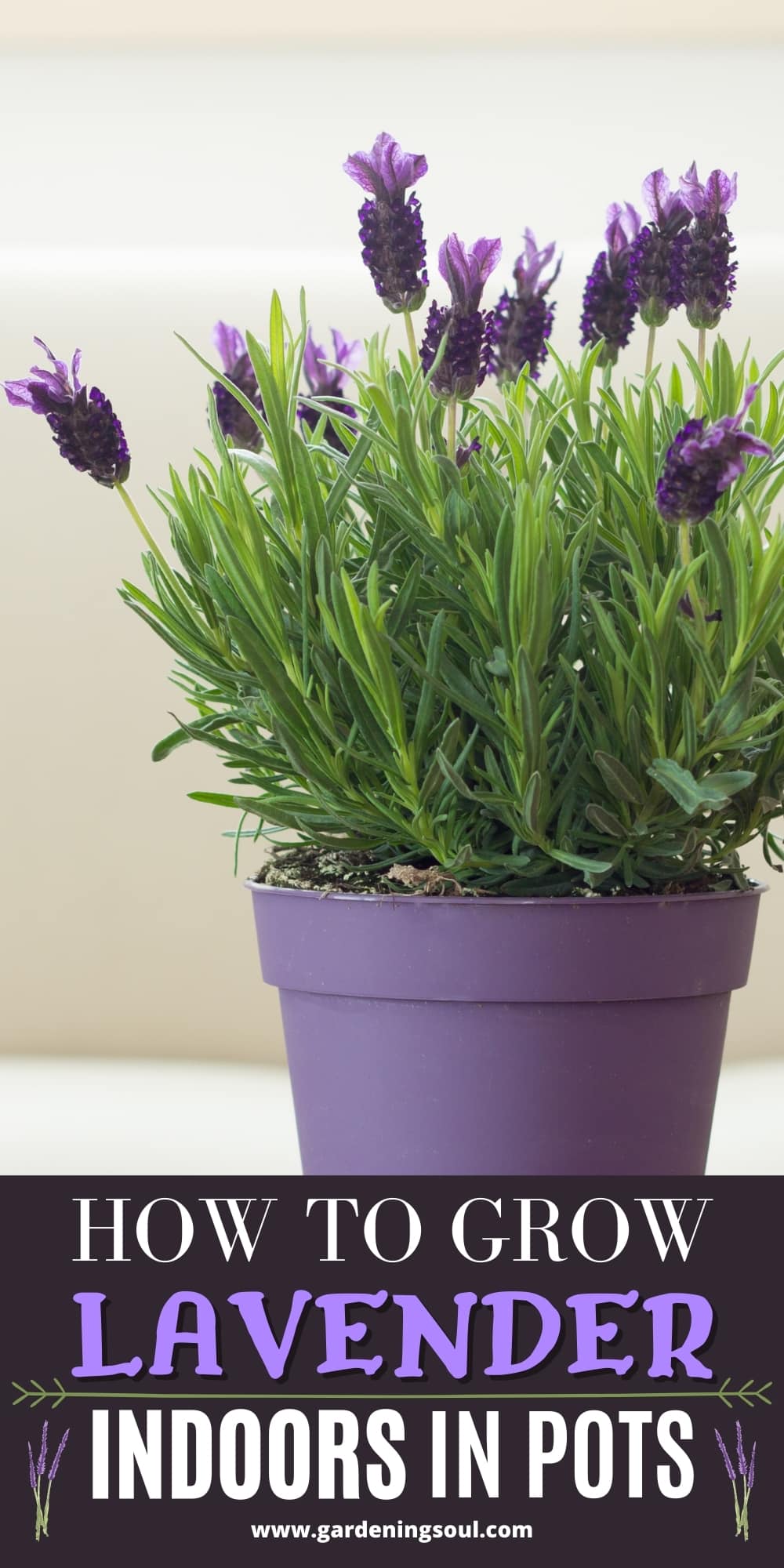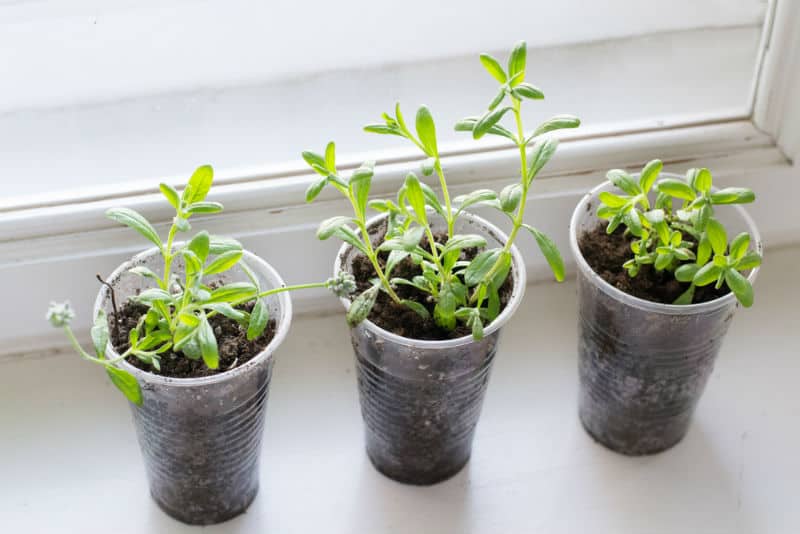Unlocking the Secrets to Lavender’s Success
Lavender is a popular, low-maintenance herb known for its calming scent and stunning purple flowers. However, to achieve optimal growth and health, it’s essential to provide lavender with the best growing conditions. Lavender is sensitive to environmental factors, and neglecting its needs can lead to poor growth, disease, and pest issues. By understanding the importance of proper care and attention, gardeners can unlock the full potential of their lavender plants.
One of the primary reasons lavender is often finicky is its requirement for well-draining soil and full sun. Lavender plants thrive in areas with at least six hours of direct sunlight per day, making south-facing gardens ideal. Additionally, lavender needs soil that drains excess water quickly, as waterlogged soil can lead to root rot and other problems. By replicating these conditions, gardeners can create an environment that fosters healthy growth and encourages their lavender plants to flourish.
Providing the best growing conditions for lavender also involves maintaining a stable temperature and humidity level. Lavender prefers temperatures between 65°F and 75°F (18°C and 24°C), making it an excellent choice for gardens in temperate climates. Furthermore, lavender benefits from moderate humidity, typically between 40% and 60%. By maintaining these conditions, gardeners can promote healthy growth, prevent disease, and encourage their lavender plants to produce an abundance of fragrant flowers.
By understanding the unique needs of lavender and providing the best growing conditions, gardeners can enjoy the many benefits of this versatile herb. Whether used in cooking, crafts, or as a calming addition to the garden, lavender is a valuable addition to any outdoor space. By following the guidelines outlined in this article, gardeners can unlock the secrets to lavender’s success and enjoy the beauty and fragrance of this stunning herb.
How to Choose the Ideal Location for Your Lavender Plants
When it comes to selecting a location for lavender plants, several factors come into play. To provide the best growing conditions for lavender
https://www.youtube.com/watch?v=HjctDngwOzY
The Role of Soil in Lavender’s Growth and Health
Soil plays a crucial role in the growth and health of lavender plants. Lavender requires well-draining soil to thrive, as it is susceptible to root rot and other problems when the soil is waterlogged. To provide the best growing conditions for lavender, it’s essential to choose a soil that drains excess water quickly and efficiently. A mix of sand, silt, and clay is ideal, as it allows for good drainage while also retaining moisture and nutrients.
Adding organic matter to the soil can also be beneficial for lavender. Compost, manure, and other organic amendments can help improve soil structure, increase fertility, and support the growth of beneficial microorganisms. These microorganisms play a crucial role in breaking down nutrients and making them available to the plant, which can help promote healthy growth and flowering.
One of the most significant risks of poor soil quality is waterlogging. When the soil is waterlogged, the roots of the lavender plant can become oxygen-starved, leading to root rot and other problems. To avoid this, it’s essential to ensure that the soil drains excess water quickly and efficiently. This can be achieved by adding organic matter, using raised beds, or installing a drainage system.
By providing lavender with well-draining soil and adding organic matter, gardeners can create an environment that supports healthy growth and flowering. This, combined with proper watering, fertilization, and pruning, can help promote the best growing conditions for lavender and ensure a bountiful harvest of fragrant flowers and foliage.
Mastering the Art of Watering Your Lavender Plants
Watering is a crucial aspect of providing the best growing conditions for lavender. Lavender plants require consistent moisture, especially during the first year after planting. However, overwatering can be detrimental to the plant’s health, leading to root rot and other problems. To avoid this, it’s essential to water lavender plants effectively, taking into account the frequency and amount of water.
The frequency of watering depends on the climate and soil type. In general, lavender plants require watering once or twice a week during the growing season. However, in areas with high temperatures and low humidity, more frequent watering may be necessary. It’s also important to avoid getting water on the leaves or crown of the plant, as this can lead to fungal diseases. Instead, water at the base of the plant, allowing the soil to absorb the moisture.
The amount of water also plays a crucial role in providing the best growing conditions for lavender. Lavender plants require about 1-2 inches of water per week, either from rainfall or irrigation. However, it’s essential to avoid overwatering, which can lead to waterlogged soil and root rot. To check if the soil is waterlogged, simply stick your finger into the soil up to the first knuckle. If the soil feels wet, wait a few days before watering again.
By mastering the art of watering your lavender plants, you can provide the best growing conditions for optimal growth and health. Remember to water consistently, avoid overwatering, and take into account the climate and soil type. With proper watering, your lavender plants will thrive, producing an abundance of fragrant flowers and foliage.
Temperature and Humidity: The Delicate Balance for Lavender
Lavender plants are sensitive to temperature and humidity, and maintaining a delicate balance between these two factors is crucial for providing the best growing conditions. Lavender thrives in temperatures between 65°F and 75°F (18°C and 24°C), with optimal growth occurring in the mid-70s (23°C). Temperatures above 85°F (29°C) can lead to stress, while temperatures below 55°F (13°C) can cause damage to the plant.
Humidity is also an important factor in lavender’s growth and health. Lavender prefers a relatively low humidity environment, with an ideal range of 40% to 60%. High humidity can lead to fungal diseases, while low humidity can cause stress and reduce growth. To maintain optimal humidity levels, gardeners can use mulch or other soil covers to retain moisture and reduce evaporation.
Extreme temperatures and humidity levels can have a significant impact on lavender’s growth and health. For example, prolonged exposure to high temperatures can cause lavender to become leggy and produce fewer flowers. On the other hand, prolonged exposure to low temperatures can cause lavender to become dormant and reduce its growth rate.
By maintaining a delicate balance between temperature and humidity, gardeners can provide the best growing conditions for lavender and promote healthy growth and flowering. This can be achieved by using techniques such as mulching, shading, and irrigation to regulate temperature and humidity levels.
Fertilization and Pruning: The Keys to Promoting Healthy Growth
Fertilization and pruning are two essential practices that can help promote healthy growth and flowering in lavender plants. Lavender plants require a balanced fertilizer that is high in phosphorus, which promotes root growth and flower production. A fertilizer with a ratio of 10-20-10 (nitrogen-phosphorus-potassium) is ideal for lavender plants.
When it comes to fertilizing lavender plants, timing is everything. The best time to fertilize is in the spring, when the plant is actively growing. Avoid fertilizing in the fall, as this can promote new growth that may not have time to harden off before winter.
Pruning is also an essential practice for lavender plants. Pruning helps to promote healthy growth, encourages new flowers, and prevents the plant from becoming leggy. The best time to prune lavender plants is in the spring, after the threat of frost has passed. Remove any dead or damaged branches, and cut back the plant to about one-third of its height.
Regular maintenance is also important for lavender plants. Remove any dead flowers, and trim back the plant regularly to encourage new growth. This will help to promote healthy growth and flowering, and prevent the plant from becoming leggy.
By fertilizing and pruning lavender plants regularly, gardeners can provide the best growing conditions for optimal growth and flowering. This, combined with proper watering, temperature, and humidity control, can help to promote healthy growth and flowering in lavender plants.
Pest and Disease Management: Protecting Your Lavender Plants
Lavender plants are generally hardy and resistant to pests and diseases, but they can still be affected by certain issues. To protect your lavender plants, it’s essential to be aware of the common pests and diseases that can affect them and take steps to prevent and treat them.
One of the most common pests that can affect lavender plants is the spider mite. These tiny insects can cause yellowing or bronzing of the leaves and can be treated with insecticidal soap or neem oil. Another common pest is the mealybug, which can cause white, cottony patches on the leaves and stems. Mealybugs can be treated with insecticidal soap or horticultural oil.
Lavender plants can also be affected by diseases such as root rot, which can be caused by overwatering or poor drainage. To prevent root rot, make sure to plant your lavender in well-draining soil and avoid overwatering. If you notice any signs of root rot, such as yellowing or droopy leaves, remove the affected plant and treat the soil with a fungicide.
Another common disease that can affect lavender plants is powdery mildew, which can cause a white, powdery coating on the leaves. Powdery mildew can be treated with a fungicide or by removing the affected leaves and improving air circulation around the plant.
By being aware of the common pests and diseases that can affect lavender plants and taking steps to prevent and treat them, you can help protect your plants and ensure they remain healthy and thriving.
Creating a Lavender-Friendly Garden: Tips and Tricks
Creating a lavender-friendly garden requires careful consideration of several factors, including companion planting, garden design, and soil preparation. By incorporating these elements, you can create a beautiful and thriving garden that showcases the beauty of lavender.
Companion planting is an excellent way to create a lavender-friendly garden. Lavender pairs well with a variety of plants, including roses, herbs, and vegetables. Some popular companion plants for lavender include rosemary, thyme, and oregano. These plants share similar growing conditions and can help to repel pests and attract beneficial insects.
Garden design is also an essential aspect of creating a lavender-friendly garden. Consider incorporating a mix of plants with different textures, colors, and heights to create a visually appealing garden. Lavender can be used as a border plant, a specimen plant, or even as a hedge. Consider incorporating a pathway or seating area to create a peaceful and inviting space.
Soil preparation is also crucial for creating a lavender-friendly garden. Lavender prefers well-draining soil that is rich in organic matter. Consider incorporating compost or manure into the soil to improve its fertility and drainage. Mulching around the plants can also help to retain moisture and suppress weeds.
By incorporating these tips and tricks, you can create a beautiful and thriving lavender-friendly garden that showcases the beauty of this lovely plant. Remember to provide the best growing conditions for lavender, including full sun, well-draining soil, and regular watering. With proper care and attention, your lavender plants will thrive and provide a stunning display of color and fragrance.


/growing-lavender-1402779-hero-d308fde4141e431eabe5ef2e5bf3ba11.jpg)




